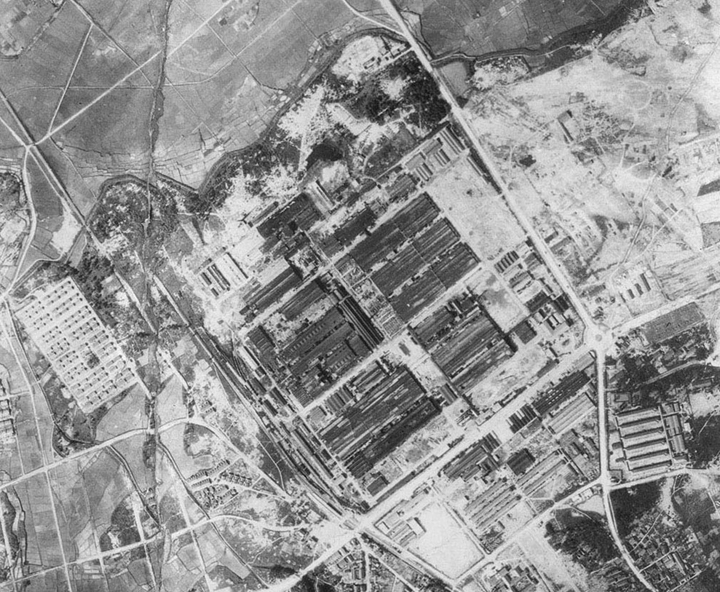Section 6. Postwar Arrangements and Labor Disputes
Item 1. Searching for New Business
Resumption of factory production
On August 14, 1945, the Toyota Motor Co., Ltd. Koromo Plant was hit by an air raid and a quarter of the plant was destroyed. Then on the following day, August 15, while efforts were being made to repair the damage from the bombing, the Emperor's announcement of the end of the war was broadcast.
On the next day, August 16, Vice President Hisayoshi Akai forcefully declared his belief to a gathering of executives that, "Trucks will be important tools for Japan's reconstruction. Toyota has a responsibility to make and supply them. Therefore, we should restart with truck production". In response, the executives resolved to restart truck production, and plant production was resumed on August 17. At that time, the wartime specifications curtailing the use of materials had been abolished, and it was decided to produce Model KC trucks to normal specifications.
Due to the labor mobilization during the war, the number of employees had increased to over 9,500. When the people who had been mobilized left after the war, 7,400 employees remained.1 Subsequently, a number of people resigned voluntarily, reducing the workforce to 3,700 by the end of October 1945.
Assuming that automobile production would be prohibited, President Kiichiro Toyoda made plans for new business in order to protect the livelihood of employees. The need for food, clothing and housing formed the basis for his way of thinking. Assuming that business operations relating to food, clothing and housing essential to daily life were unlikely to be subject to prohibitions from the government, Kiichiro directed investigations and research into a variety of such 'untouchable' businesses.



